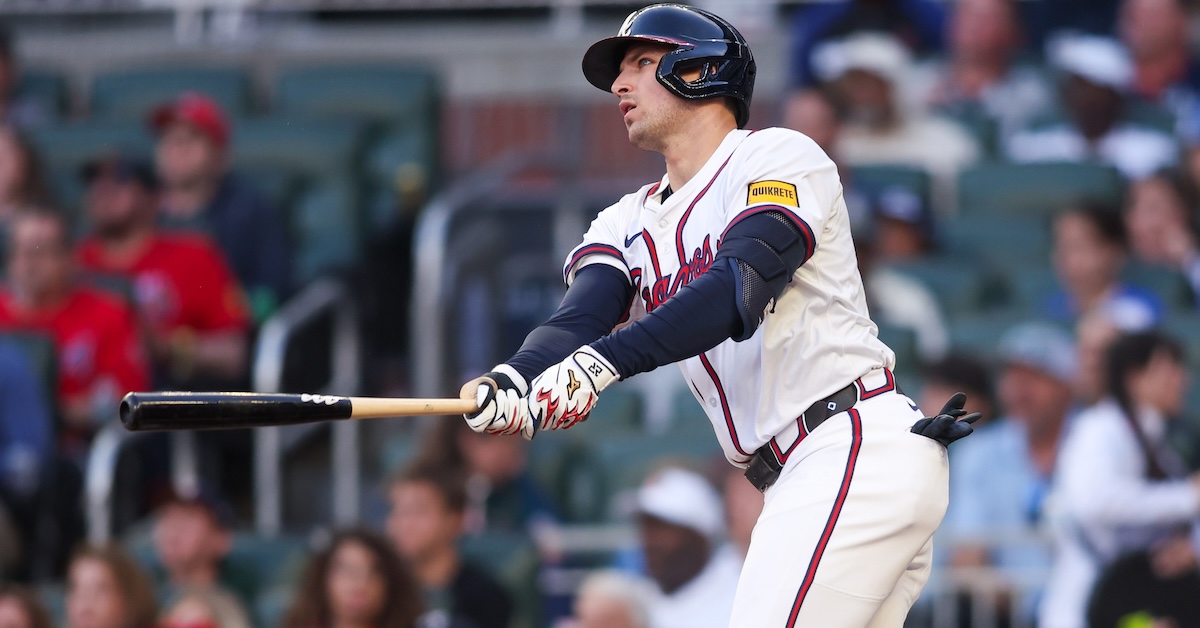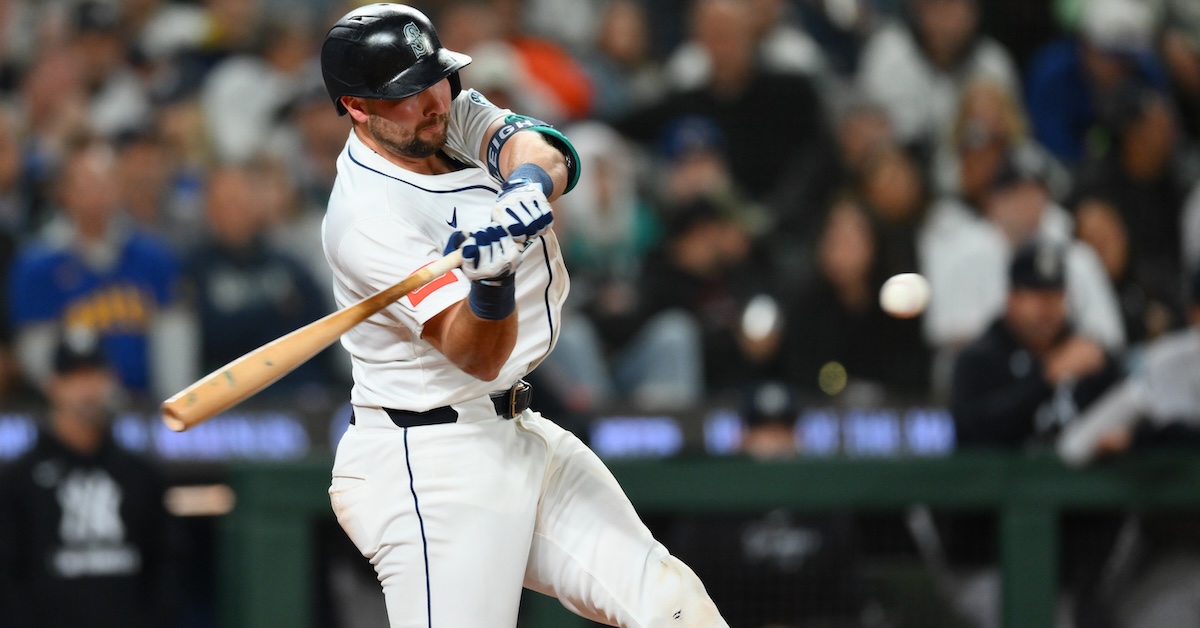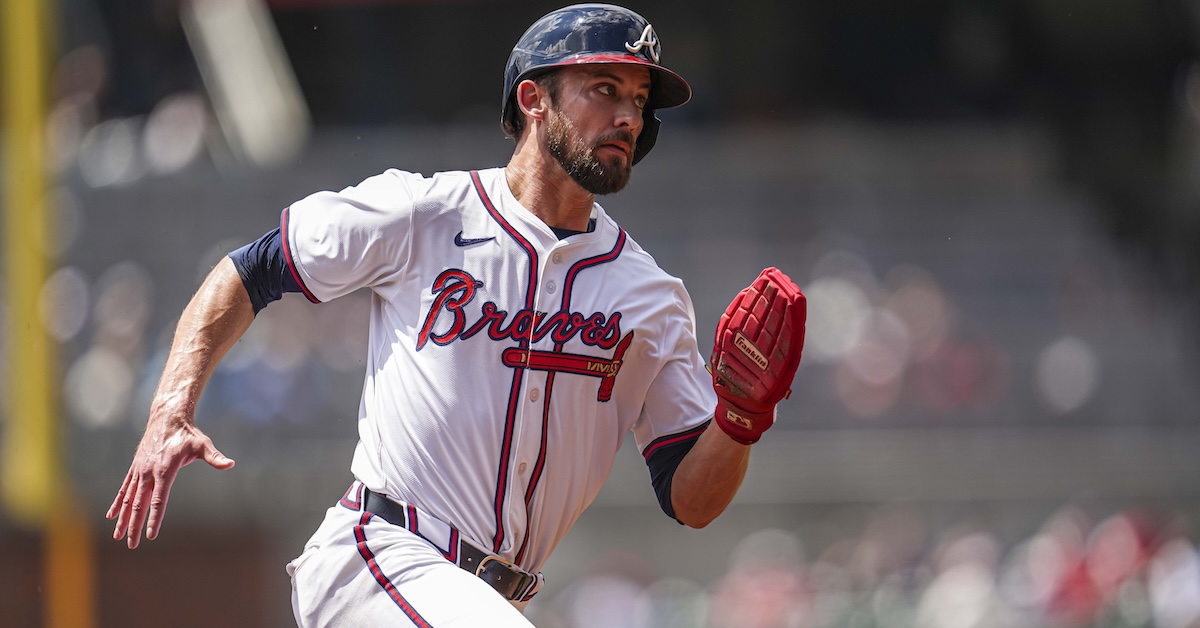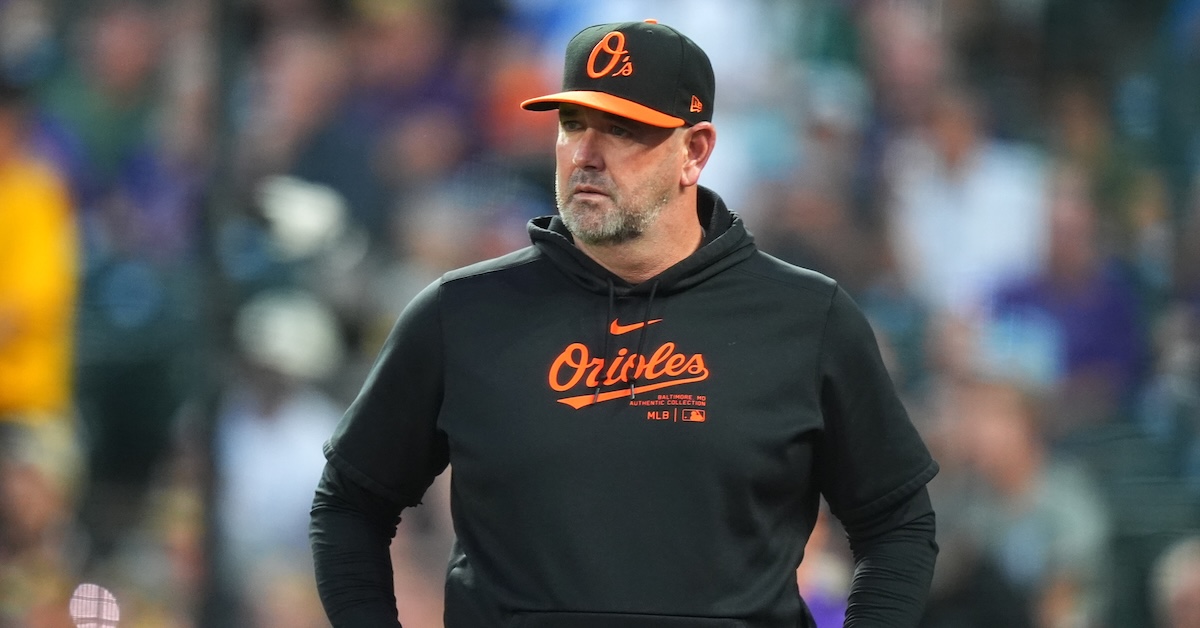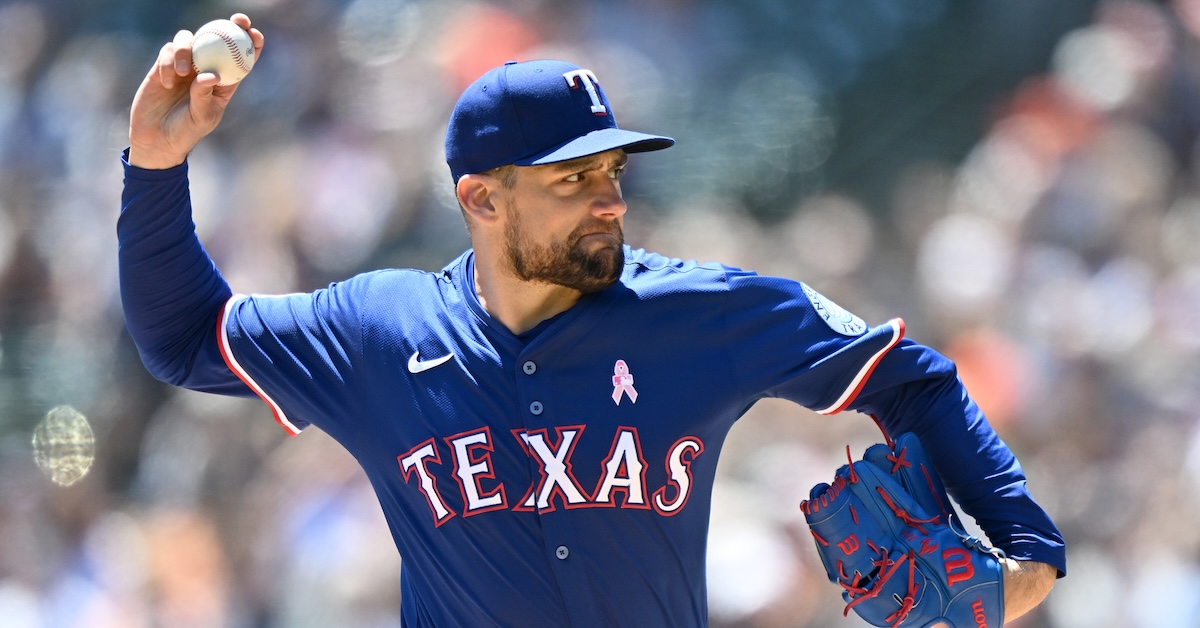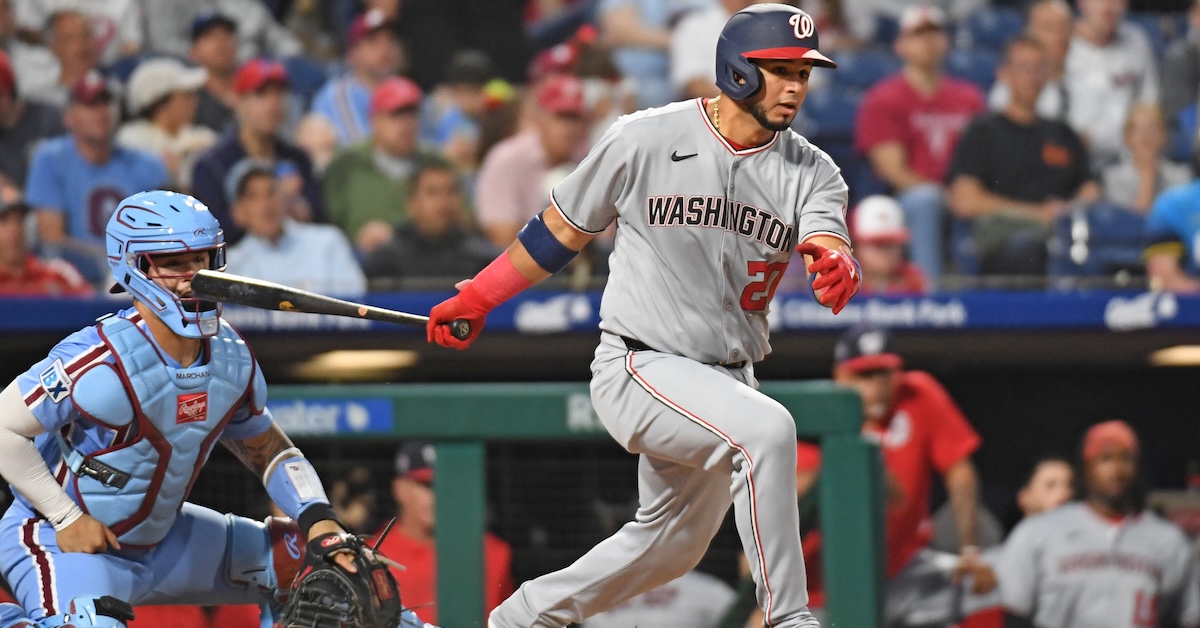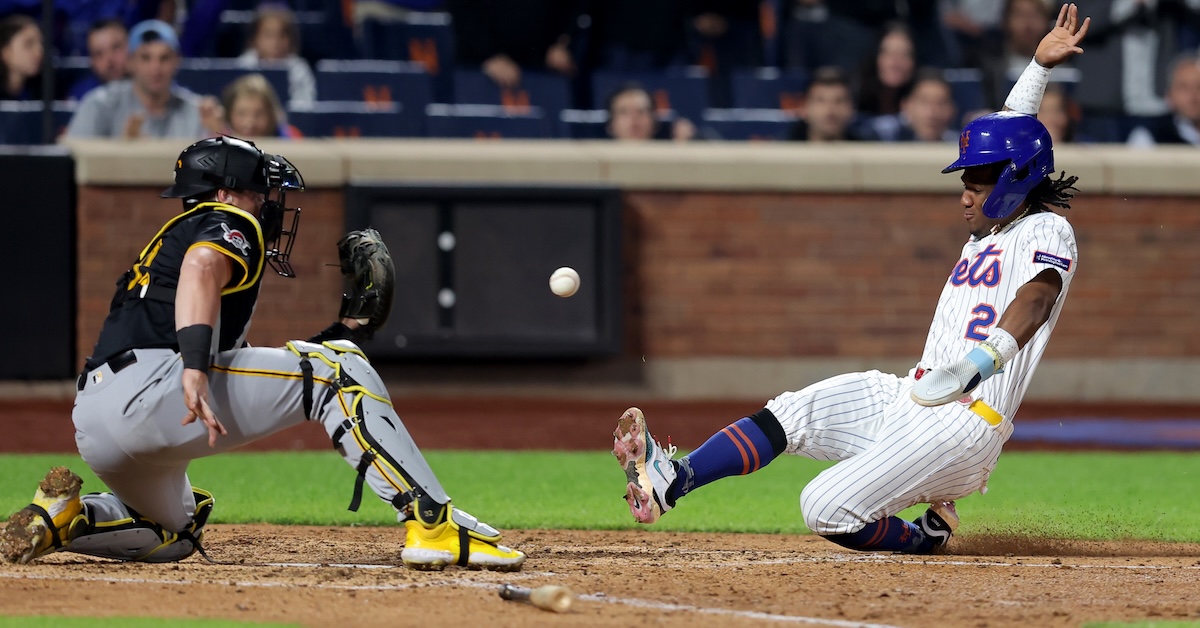Injuries Are Really Starting To Crank on the Royals Rotation
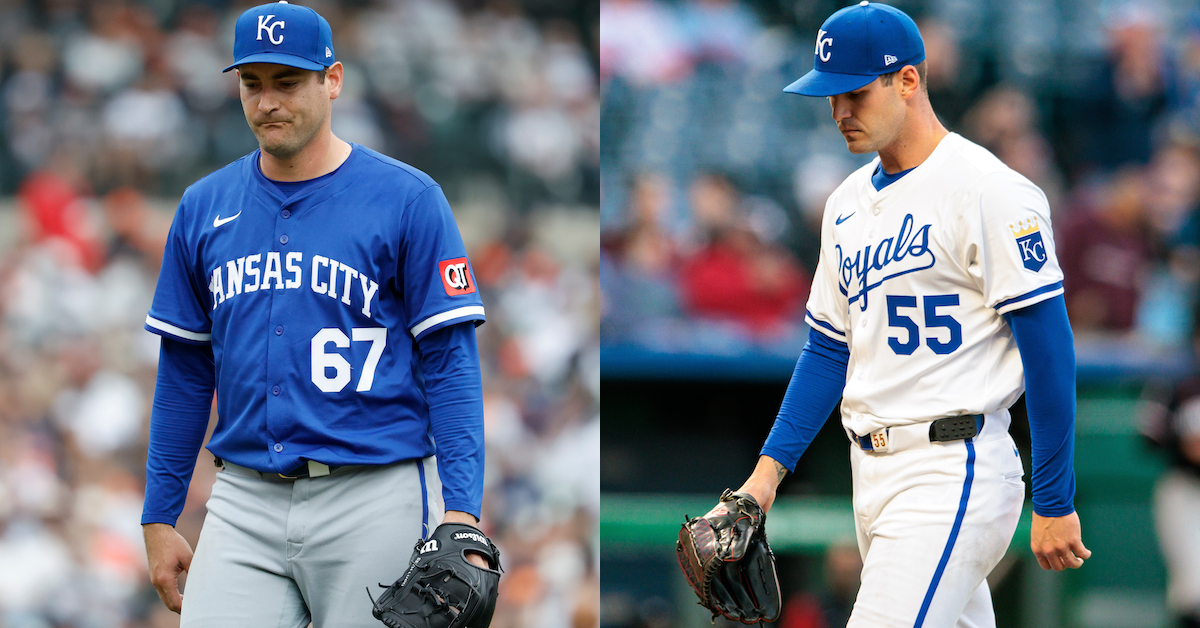
“The reason the Royals are so far down this list is that they don’t have an obvious back of the rotation yet.” That’s what Ben Clemens wrote when the Royals turned up at no. 13 on our Positional Power Rankings back in March. Until Saturday, the lack of depth hadn’t held them back at all. Their five starters, Seth Lugo, Cole Ragans, Michael Wacha, Michael Lorenzen, and Kris Bubic, had started 45 of the team’s 46 games. As Michael Baumann wrote last week, Bubic, the biggest question mark of the bunch, has instead pitched like an exclamation point. After taking a no-hit bid into the seventh inning in San Francisco last night, he’s 5-2 with a 1.47 ERA and 2.72 FIP. Put it all together, and the Kansas City starters have a 2.93 ERA and 3.45 FIP, good for the third- and fourth-best marks in baseball, respectively. But that depth is finally going to be tested. On Saturday, the Royals announced that they’d sent both Lugo and Ragans to the injured list.
Lugo and Ragans, who respectively finished second and fourth in the AL Cy Young voting in 2024, have been on opposite sides of the process-results spectrum thus far this season. Lugo is rocking a 3.02 ERA with a 4.52 FIP, while Ragans has a 4.53 ERA and a 1.99 FIP. The good news is that neither injury sounds too serious (with the obvious caveat that because they’re pitchers, either player could spontaneously combust at any moment). Both had been dealing with nagging injuries in recent weeks and seemed to reach the point where it was time to back off rather than risk something more serious. Read the rest of this entry »
